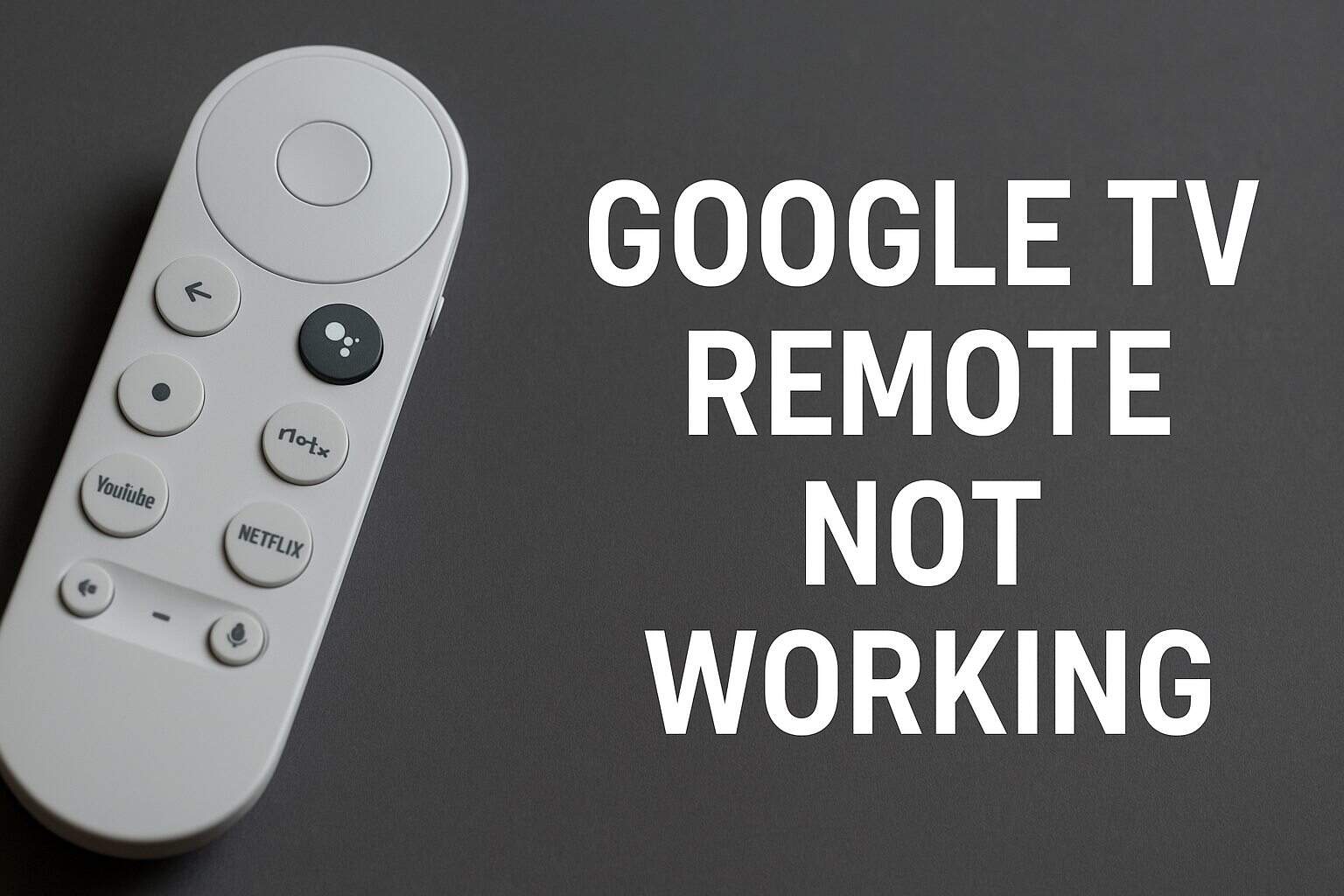Speakers not Working on Windows 10: 12 Ways to get Sound Back
Driver updates are often effective
Key notes
- Speakers are used by many when it comes to listening to various audio files on PCs.
- Users report that their speakers stopped working on Windows 10, and in this article, we will explore some ways to fix this.

You must have found this guide because your speakers are not working on Windows 10. This can be a big problem since you won’t be able to hear anything.
Not everyone likes to listen to audio files, whether music, audiobooks, or podcasts, from earphones or headsets. Some prefer speakers.
There is a wide array of speakers that you can choose from; however, sometimes you’ll encounter speaker issues on your PC or laptop, so you’ll need quick fixes to resolve the issue and get back to enjoying your audio listening.
Why is my computer not detecting my speakers?
Users have experienced this problem for varying reasons. We not that the most common triggers include the following:
- Speakers not correctly plugged – This is one of the most common causes why a computer is not detecting speakers. If the speakers are not plugged in or turned on, the computer cannot detect them.
- Damaged speaker cables – If the speaker cables are damaged or not correctly connected, the computer may be unable to detect the speakers. This can happen if the cables are frayed or plugged in incorrectly.
- Sound settings – If the sound settings on the computer are not configured correctly, the computer may not be able to detect the speakers. This can happen if the volume is turned down, the speakers are muted, or the sound is directed to another output device.
- Outdated or corrupted drivers – If the sound drivers on the computer are outdated or corrupted, the computer may not be able to detect the speakers. This can happen if the drivers are not updated or become corrupted due to malware or other issues.
- Playback device settings – The error is often triggered by the Playback device settings. Another device may be the default playback device, such as headphones or a different set of speakers.
- Faulty hardware – If the computer’s hardware is defective, such as the sound card or audio chipset, you may expect the error.
We will now explore some solutions which would work regardless of the cause of the problem.
What can I do if speakers are not working on Windows 10?
Before going through these fixes, restart the PC. Also, check your cables to make sure they cause no connection problems. Finally, ensure they are correctly fitted.
- Update drivers
- Uninstall drivers
- Run audio troubleshooter
- Reinstall the driver
- Set the default speaker device
- Turn off audio enhancements
- Try different audio formats
- Install Windows Updates
- Install drivers in compatibility mode
- Perform System Maintenance troubleshooting
- Run System File Checker
- Perform a clean boot
1. Update drivers
- Press Win + X and select Device Manager.
- Expand Audio inputs and outputs, right-click your audio device, and select Update Driver.
- Click Search automatically for drivers.
- Restart your computer to check if the problem has gone away.
- Repeat the same process for the Sound card drivers.
You can also update your drivers by using third-party tools such as Outbyte Driver Updater.
This tool will scan your system for outdated drivers and update them automatically with just a few clicks, so it’s helpful if you don’t want to search for drivers manually.
This is portable software with an intuitive and easy-to-use interface. After you run it, Outbyte Driver Updater will scan your system, identify all broken or missing drivers, and replace or fix them accordingly.
Moreover, it will compare the found drivers with the ones from its built-in database, so you can rest assured that they will be updated with the latest versions.

Outbyte Driver Updater
Let Outbyte Driver Updater update your drivers with the best versions and see instant results.Once your drivers are up to date, check if the problem is still there.
2. Uninstall drivers
If the above method doesn’t fix the speaker’s stop working Windows 10 issue, try uninstalling the driver.
- Press Windows + S to launch the search menu.
- Type Device Manager and go to Sound, video, and game controllers.

- Right-click on High Definition Audio Device driver and select Uninstall device.

- After uninstalling the driver, restart your computer.
The system will install the driver automatically upon restarting your machine.
If uninstalling and rebooting didn’t work, try using the generic audio driver in Windows by doing the following:
- Press Win + X and select Device Manager.
- Expand Audio inputs and outputs, right-click your audio device, and select Update Driver.
- Select Browse my computer for drivers.
- Click Let me pick from a list of device drivers on my computer.
- Select High definition audio device, and click Next.
Follow the instructions to install the generic audio driver.
3. Run the audio troubleshooter
- Launch Run by pressing the Windows key and R.
- Input control in Run’s text box, and hit Enter.
- Go to the View by option in the top right corner and select Large icons.
- Click the drop-down arrow and select Large icons, then click Troubleshooting.
- Click the View all option on the left pane.
- Locate Playing Audio, then click Next to run the Playing Audio troubleshooter.
4. Reinstall the driver
- Press Win + X and select Device Manager.
- Expand Sound, Video and game controllers, right-click your audio device, and select Uninstall device.
- Confirm your choice, then restart the computer.
5. Set the default speaker device
- Click Start, type Sound in the search box, and select Sound in the search results.
- Go to the Playback tab, right-click on the device, and select Properties.
- Go to Device Usage and select Use this device.
6. Turn off audio enhancements
- Click Start, type Sound in the search box, and select Sound in the search results.
- Go to the Playback tab, right-click on the default device, and select Properties.
- Under the Enhancements tab, select Disable all enhancements box. Alternatively, under the Advanced tab, uncheck Enable audio enhancements.
- Try playing the audio device. If this doesn’t work, select Cancel.
- Go to the Playback tab, and select another default device if available.
- Select Disable all enhancements.
- Try playing the audio device again.
7. Try different audio formats
- Click Start, type Sound in the search box, and select Sound in the search results.
- Go to the Playback tab, right-click on the default device, and select Properties.
- Go to the Advanced tab, and under Default format, change the setting.
- Test your audio device again.
8. Install Windows Updates
- Press Windows + I and click Update & Security.
- Click Check for updates.
- Install the latest Windows Updates.
Confirm that the problem of the speakers not working in Windows 10 is resolved.
9. Install drivers in compatibility mode
- Go to the manufacturer’s website.
- Download the updated driver.
- Right-click on the downloaded driver installation file.
- Select Properties and click the Compatibility tab.
- Check the Run this program in compatibility mode box, then click the drop-down box and choose a previous operating system version.
- Click OK.
- Install the sound driver.
10. Perform System Maintenance troubleshooting
- Launch Run by pressing the Windows key and R.
- Input control in Run’s text box, and hit Enter.
- Go to the View by option in the top right corner and select Large icons.
- Click the drop-down arrow and select Large icons, then click Troubleshooting.
- Select the View all option on the left pane.
- Click on System Maintenance, then click Next.
- Follow the instructions to run the system maintenance troubleshooter.
11. Run System File Checker
- Press Windows + R, type cmd, and hit Ctrl + Shift + Enter.
- Type the script below and hit Enter.
sfc/scannow - Wait for the command to execute.
12. Perform a clean boot
- Press Windows + R, type msconfig, and hit Enter.
- Find the Services tab, select the Hide all Microsoft services box, and click Disable all.
- Go to the Startup tab, and click Open Task Manager.
- Right-click on the Startup processes and disable them.
- Reboot your computer.
Performing a clean boot for your computer reduces software-related conflicts that can bring up the root causes of the speakers stop working Windows 10 issue.
These conflicts can be caused by applications and services that start running in the background when you start Windows normally.
You will have a clean boot environment after all these steps are carefully followed, after which you can try and check if the speakers stop working Windows 10 problem is still there.
Let us know if these solutions worked by commenting in the section below.
Read our disclosure page to find out how can you help Windows Report sustain the editorial team. Read more



























User forum
0 messages